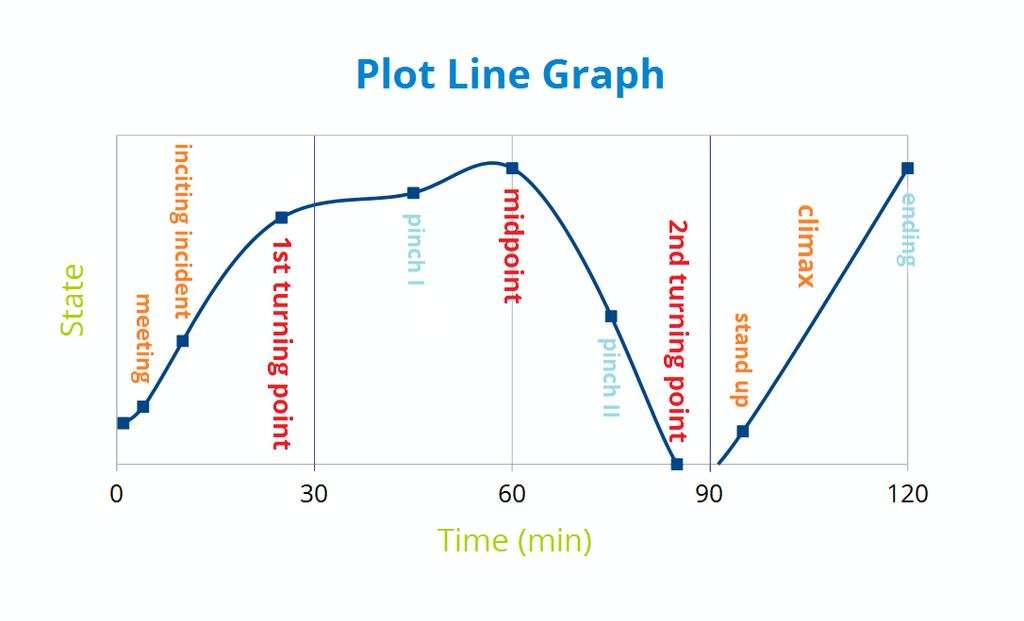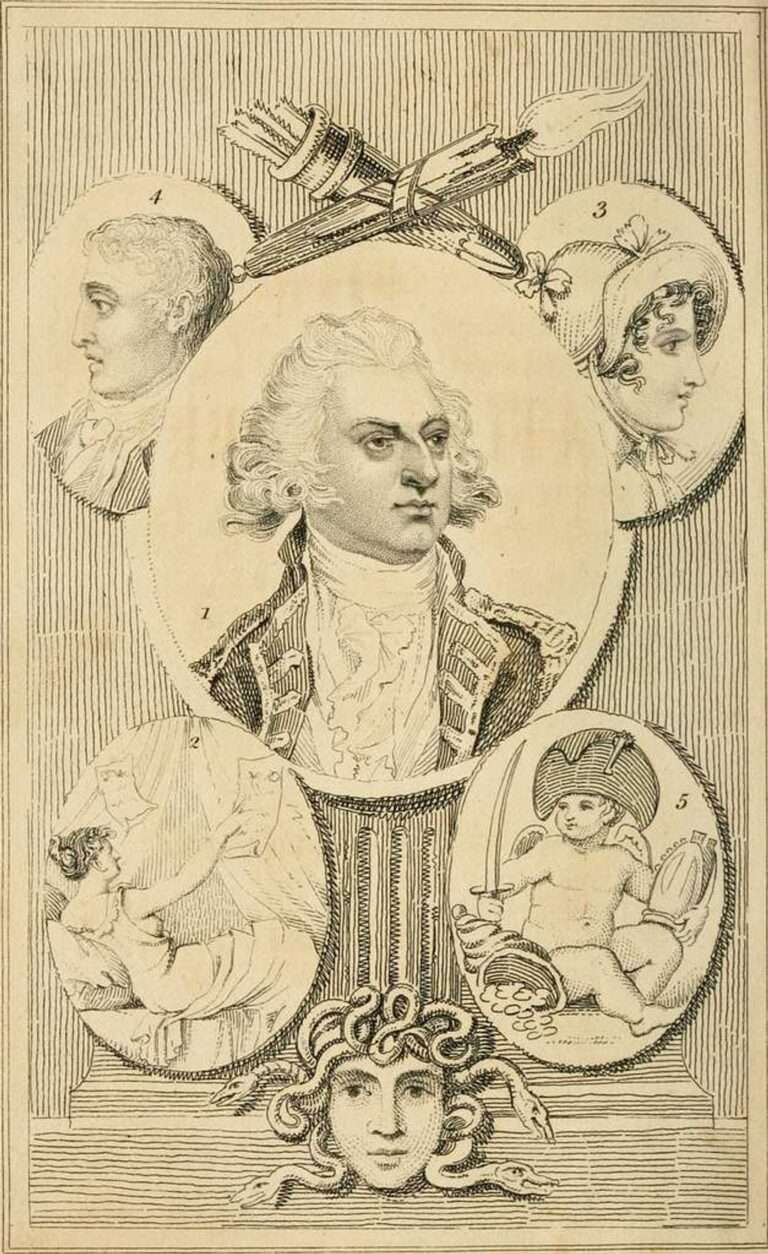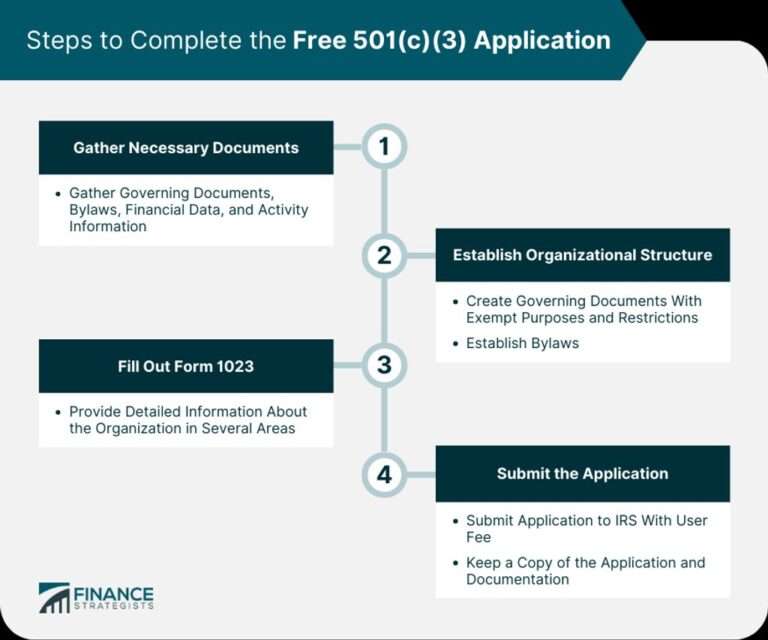The Three-Act Structure: A model used in narrative fiction that divides the story into three parts – Setup, Confrontation, and Resolution.
Overview
Definition of the Three-Act Structure
The three-act structure is a model used in narrative fiction that divides the story into three parts: Setup, Confrontation, and Resolution. It provides a framework for organizing and structuring a story, ensuring that it has a clear beginning, middle, and end. The Setup introduces the main characters, establishes the story world, and introduces the initial conflict. The Confrontation stage involves the escalation of the conflict, the development of subplots, and the growth and challenges faced by the characters. Finally, the Resolution stage brings the story to its climax and final showdown, resolves the main conflict, and provides closure for the character arcs. The three-act structure is a valuable tool for writers as it helps create a well-paced and engaging narrative.
Purpose of the Three-Act Structure
The purpose of the Three-Act Structure is to provide a framework for organizing and structuring a narrative fiction. It helps writers create a cohesive and engaging story that captivates the audience. By dividing the story into three distinct parts – Setup, Confrontation, and Resolution – the Three-Act Structure ensures that the story has a clear beginning, middle, and end. This structure allows for the gradual development of the plot and characters, leading to a satisfying resolution. It also helps maintain the audience’s interest by introducing conflict and tension at strategic points in the story. Overall, the Three-Act Structure serves as a valuable tool for writers to craft compelling and well-paced narratives.
Benefits of Using the Three-Act Structure
The Three-Act Structure is a powerful model used in narrative fiction that offers several benefits to writers. By dividing the story into three distinct parts – Setup, Confrontation, and Resolution – this structure provides a clear framework for storytelling. It helps writers establish a strong foundation by introducing the main characters, establishing the story world, and introducing the initial conflict in the Setup phase. In the Confrontation phase, the conflict escalates, subplots develop, and characters face growth and challenges. Finally, in the Resolution phase, the story reaches its climax and final showdown, the main conflict is resolved, and character arcs find closure. This structure ensures a well-paced and engaging narrative that keeps readers hooked. By following the Three-Act Structure, writers can create compelling stories with depth and emotional resonance. If you want to enhance your storytelling skills and create captivating narratives, consider using the Three-Act Structure as a guide. Check out Unifire for more resources and tools to support your writing journey.
Setup
Introduction of the Main Characters
In the three-act structure, the introduction of the main characters is a crucial element that sets the stage for the entire story. This is where the audience first gets to meet and connect with the protagonists and other key players in the narrative. The main characters are typically introduced in a way that establishes their goals, motivations, and conflicts, which will drive the story forward. By giving the audience a glimpse into the lives and personalities of these characters, the setup phase of the three-act structure creates a sense of familiarity and investment in their journey. It lays the foundation for the audience to emotionally engage with the story and become invested in the outcome. Through effective characterization and storytelling techniques, the introduction of the main characters sets the tone for the rest of the narrative and paves the way for the confrontations and resolutions that will follow.
Establishment of the Story World
The establishment of the story world is a crucial part of the Three-Act Structure. It sets the stage for the entire narrative, providing the reader with the necessary context and background information. In this section, the writer introduces the main setting, time period, and any unique elements that make up the story world. It is important to create a vivid and immersive environment that captures the reader’s imagination and transports them into the fictional universe. By carefully crafting the story world, the writer can create a strong foundation for the rest of the narrative, allowing the readers to fully engage with the characters and events. This section also provides an opportunity to introduce any rules or limitations that exist within the story world, which can add depth and complexity to the plot. Overall, the establishment of the story world is a vital component of the Three-Act Structure, laying the groundwork for the upcoming conflicts and resolutions.
Introduction of the Initial Conflict
Once the main characters and the story world have been established, the next crucial step in the three-act structure is the introduction of the initial conflict. This conflict serves as the catalyst that propels the story forward and sets the stage for the upcoming confrontations. The initial conflict can take various forms, such as a personal dilemma, an external threat, or a clash of opposing forces. It creates tension and raises the stakes, hooking the readers or viewers and keeping them engaged. The introduction of the initial conflict is a pivotal moment that drives the narrative and sets the tone for the rest of the story.
Confrontation
Escalation of the Conflict
As the story progresses, the conflict faced by the main characters intensifies, leading to an escalation of tension and stakes. The obstacles and challenges they encounter become more difficult and the consequences of failure become more severe. This escalation keeps the audience engaged and invested in the outcome of the story. It is during this phase that the main characters are pushed to their limits and must make difficult choices that will determine the course of the narrative. The escalation of the conflict creates a sense of urgency and anticipation, driving the story towards its climax.
Development of Subplots
The development of subplots is an essential aspect of the three-act structure. Subplots provide additional layers of complexity and depth to the overall narrative, allowing for the exploration of different themes and character arcs. They can serve as parallel storylines that intersect with the main plot, offering a fresh perspective and keeping the audience engaged. Subplots can also create suspense and tension, adding to the overall dramatic effect of the story. By intertwining multiple storylines, the development of subplots enhances the richness and complexity of the narrative, making it more compelling and memorable for the audience.
Character Growth and Challenges
Character growth and challenges are essential elements in a compelling story. As the story unfolds, characters face various obstacles and undergo personal transformations that shape their journey. These challenges can come in the form of internal conflicts, external pressures, or moral dilemmas, forcing the characters to confront their fears and weaknesses. Through these experiences, characters not only grow but also reveal their true nature and potential. The audience becomes emotionally invested in the characters’ development, rooting for them to overcome their obstacles and achieve personal growth. By incorporating meaningful character growth and challenges, writers can create a more engaging and relatable story that resonates with the audience.
Resolution
Climax and Final Showdown
The climax and final showdown is the pinnacle of the story, where all the conflicts and tensions reach their peak. It is the moment of ultimate confrontation between the protagonist and the antagonist, where the stakes are at their highest. This is the moment where the main conflict is resolved, and the outcome of the story is determined. The climax is often filled with suspense, action, and emotional intensity, keeping the readers or audience on the edge of their seats. It is a crucial turning point that leads to the resolution of the story. In this stage, the character arcs of the main characters are also resolved, providing closure and a sense of completion. The climax and final showdown is a key element of the three-act structure, as it brings together all the threads of the story and delivers a satisfying conclusion. It is the moment that readers or audience have been waiting for, and it leaves a lasting impact. After experiencing the thrilling climax and final showdown, readers or audience are left with a sense of fulfillment and closure, making the story a memorable one.
Call to action: If you want to learn more about storytelling techniques and improve your writing skills, check out Unifire’s storytelling courses and workshops. Unifire offers practical guidance and expert advice to help you become a master storyteller. Visit our website at www.unifireapp.com to explore our resources and start your storytelling journey today!
How to Use the Three-Act Structure in Your Writing
- Setup: Introduce your main characters and establish the story world in the first act. Set up the initial conflict that will drive the story forward.
- Confrontation: Escalate the conflict, develop subplots, and challenge your characters in the second act. This is where the tension and stakes are raised.
- Resolution: Reach the climax and final showdown in the third act, resolving the main conflict and providing closure to the character arcs. Wrap up the story in a satisfying way.
By following the three-act structure, you can create a well-paced and engaging narrative that captivates your readers or audience. It provides a framework for building tension, developing characters, and delivering a satisfying resolution. Incorporate this structure into your storytelling to create impactful and memorable stories.
Resolution of the Main Conflict
The resolution of the main conflict is the culmination of the story, where all the tensions and conflicts are finally resolved. It is the moment of truth that brings closure to the narrative and provides a sense of satisfaction to the audience. In this stage, the protagonist confronts the antagonist in a final showdown, often resulting in a climactic battle or confrontation. The resolution not only resolves the main conflict but also addresses the character arcs of the main characters, showing their growth and transformation throughout the story. It brings a sense of closure to the narrative and allows the audience to reflect on the journey they have taken with the characters. The resolution is a crucial part of the three-act structure as it brings a sense of completion and fulfillment to the story.
Character Arcs and Closure
Character arcs play a crucial role in storytelling, especially in the resolution phase of the three-act structure. This is where the main characters undergo significant growth and transformation, ultimately leading to their closure. In superhero films, character arcs often involve the protagonist discovering their true potential, overcoming their inner conflicts, and embracing their role as a hero. The closure of character arcs provides a satisfying conclusion to the story, allowing audiences to witness the personal growth and development of the characters they have invested in. It adds depth and emotional resonance to the narrative, making the overall experience more fulfilling. In the context of the three-act structure, character arcs and closure serve as a powerful tool for creating impactful and memorable stories.
Welcome to the Resolution section of Unifire! Here, we provide valuable insights and tips to help you achieve your goals and make positive changes in your life. Whether you’re looking to improve your health, enhance your relationships, or advance in your career, we’ve got you covered. Our team of experts is dedicated to providing you with the information and inspiration you need to succeed. So why wait? Start reading our articles now and take the first step towards a better you!








